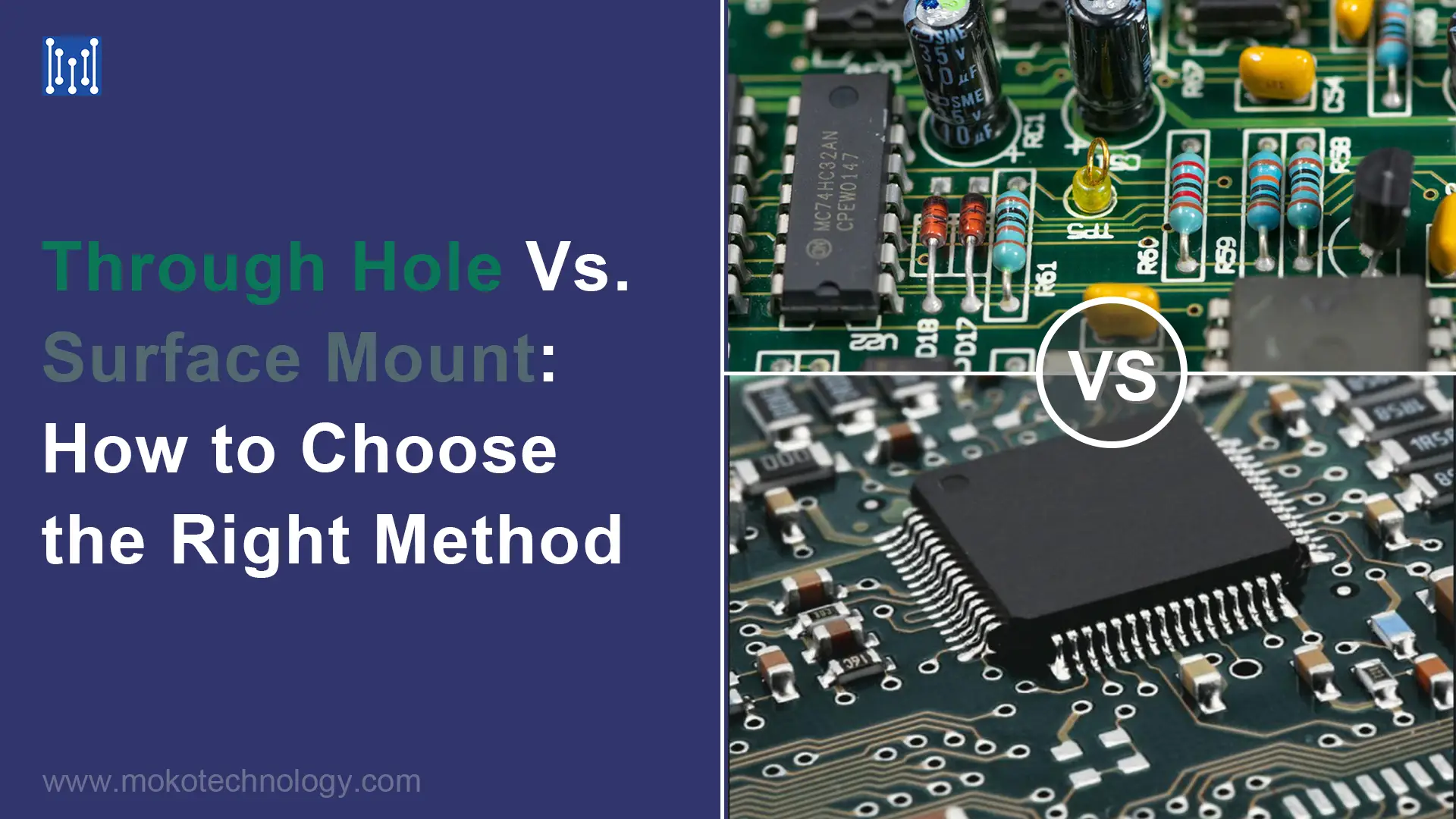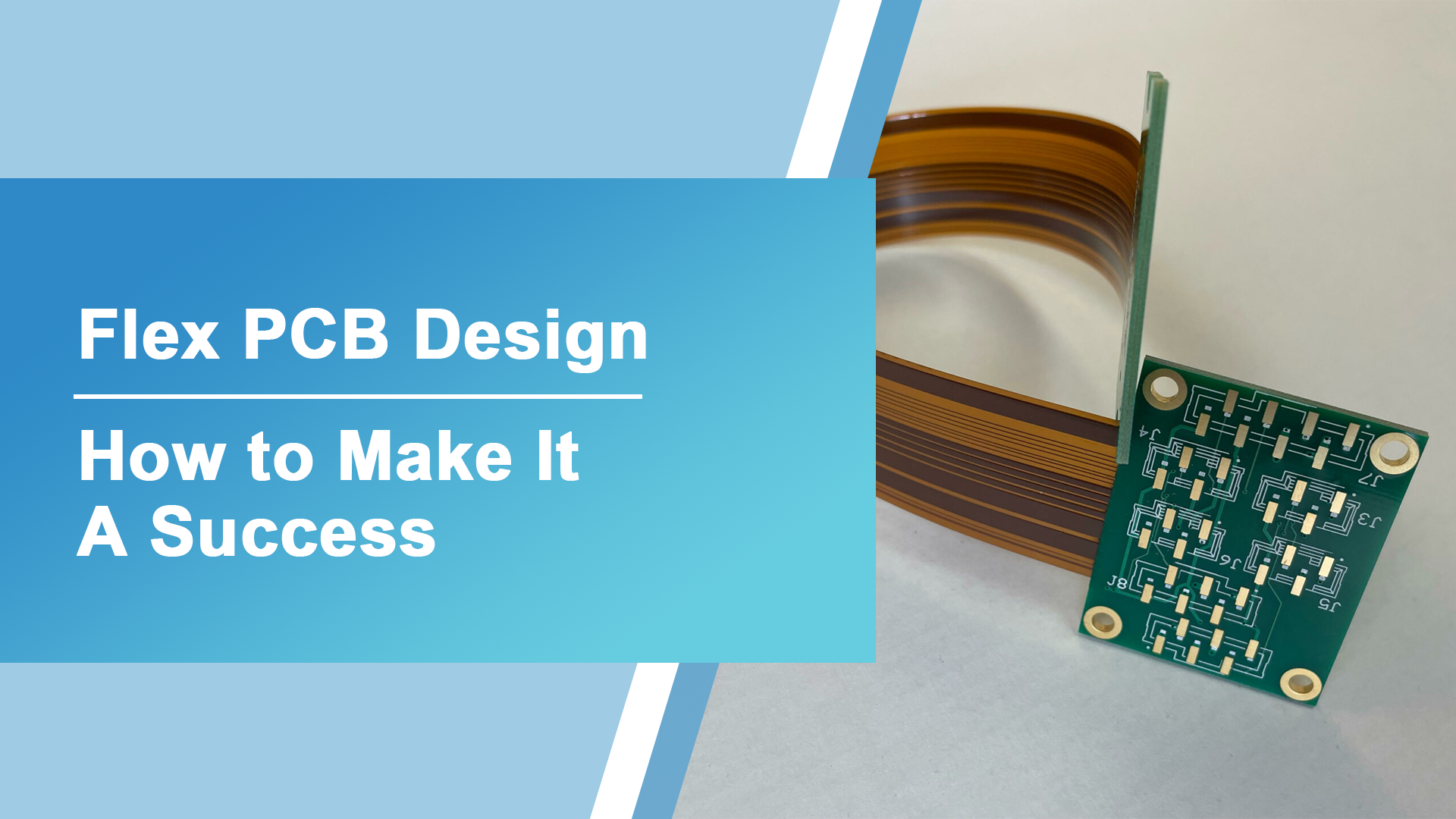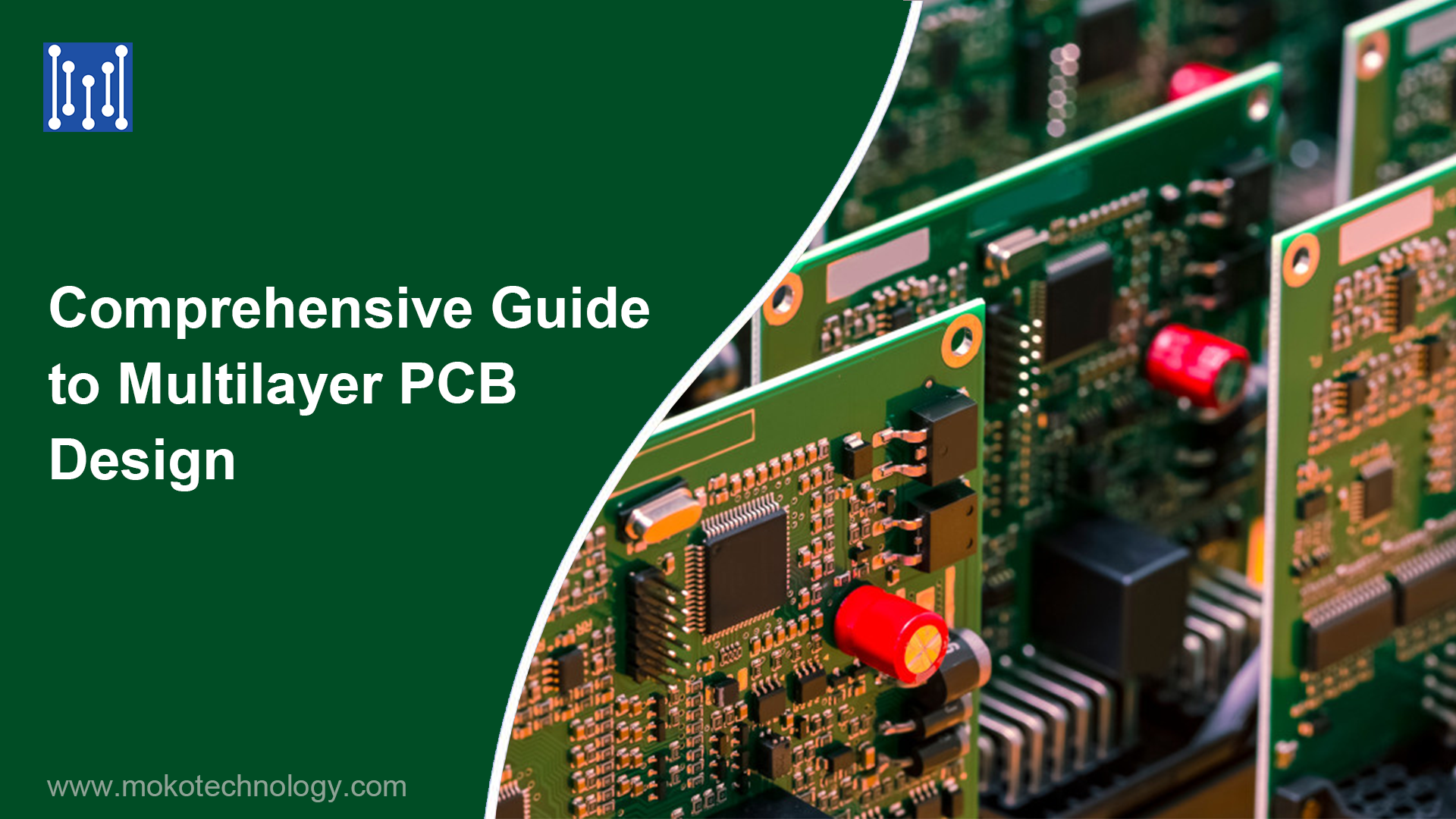It will be flagged as a defect if inspected by IPC-610 (Class 1,2 or 3). So what you’re trying to do is not acceptable. Damage to one of the pads (top or bottom) is also a defect.
I have seen boards where the pad is not a perfect circle (like an ellipse) to make space for traces to go in between. This seems acceptable.
Read More: Through Hole PCB Assembly
#PCB Design #PCB Assembly



